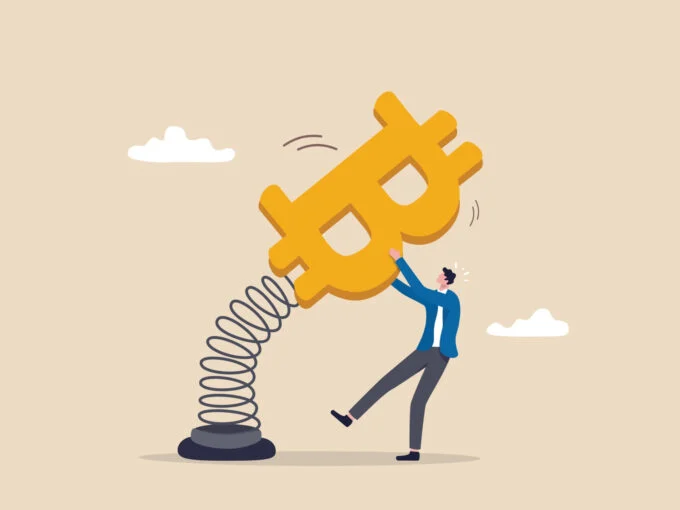Virtual cryptocurrency payment mechanism does not rely on financial institutions for transaction verification. It’s a peer-to-peer system that allows anybody to make and receive money from almost anywhere.
However, other hazards are associated with its decentralized architecture, which the RBI governor warns shareholders about.
On Thursday, the Reserve Bank of India reaffirmed its position on cryptocurrencies, stating that the digital asset poses a significant danger to macroeconomic and financial stability. Shaktikanta Das, the governor of the Reserve Bank of India, has advised cryptocurrency traders that they are investing at their own risk.
They must also keep in mind that such investments have no underpinning, he added. Cryptocurrency has been compared to the Tulip mania by many, but Shaktikanta Das’ statement makes it seem much worse.
The RBI governor’s comments came only days after Union Finance Minister Nirmala Sitharaman promised a ‘crypto tax’ on profits on virtual assets in her Budget 2022 address. According to the minister, a 30% tax would be applied to transfer digital assets.
Despite the finance minister’s assertion that taxing an asset does not make it legitimate, industry experts feel that clarity on taxation policy is the first move toward regulation.
Although numerous analysts believe the additional tax would deter investors, cryptocurrency exchanges recorded a 20 to 50% increase in enrollment on the day of the news.
According to Sitharaman, the government wants to levy a 30% tax on cryptocurrency transactions since people gain from them
The Reserve Bank of India has reiterated its skepticism on cryptocurrencies, believing that the digital asset has no fundamental worth. There is an underlying company in the case of a stock market, but there is simply an algorithm in the case of cryptos.
The governor of the Reserve Bank of India has expressed worry about economic stability in several instances. People may borrow all of their credit cards or take out private loans to invest in cryptocurrencies, which is a source of concern.
If they fall precipitously, those banks will be saddled with nonperforming assets (NPAs) if they collapse. However, starting in 2022-23, the central bank will issue a digital currency known as the “Digital Rupee,” which will be based on blockchain and other technology.
“The introduction of Central Bank Digital Currency (CBDC) will provide a massive benefit to the digital economy,” says the report. “Digital currency will also result in more effective and less expensive currency management system.” We don’t want to hurry through this (the CBDC).
We are reviewing and moving forward with caution and attention since there are several hazards involved. The most severe threat is cyber security, as well as the danger of counterfeiting, added Das.
It is now up to the investor to decide whether or not to invest in cryptocurrency. or if they want to spend the entire sum or a portion of it after thoroughly researching and comprehending it from 0-100.
Edited by- Subbuthai Padma
Published by- Radhika Nayak












